I love WHA
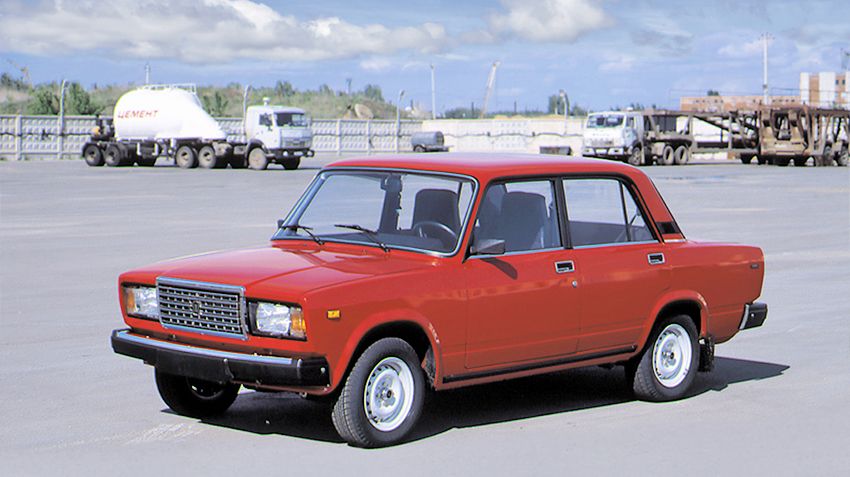
29 September 2018
The strengths and weaknesses of the most popular "seven"
The most popular model (about 1.75 million) in a passenger fleet of our country still remains VAZ "classic" sedan VAZ-2107, of 2005, known as LADA 2107, and the people just as "seven". From the cheaper "fives" and "fours", "seven" different zelenotropyns headlining, seats with integrated headrests and original combination of instruments.
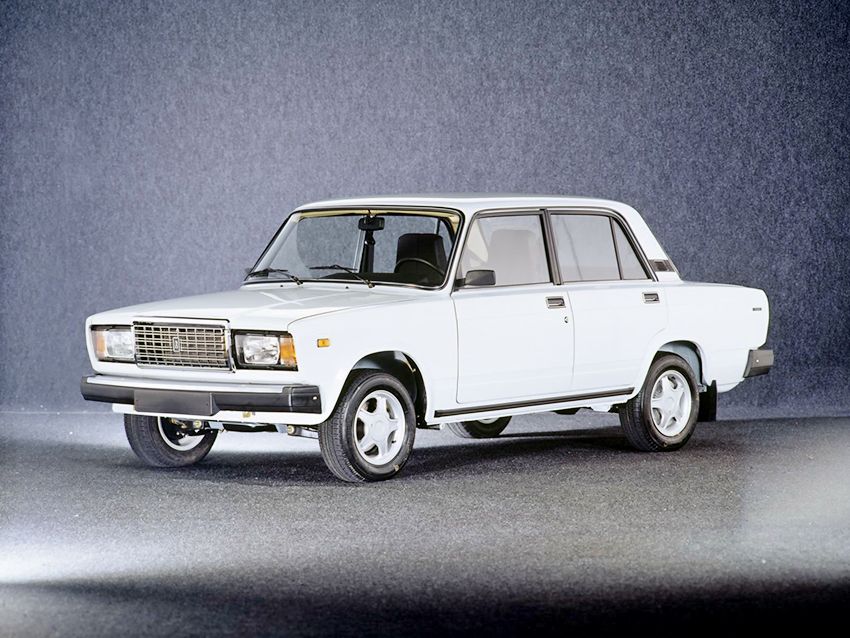
Appearing in 1982 as a result of the restyling, with different front and rear wings, door panels, grille, bumpers and lights and trim and dashboard, angular classic sedan second generation "Lada" with a chrome grille (popularly known as "HBM") has won the hearts and pockets of many existing Soviet motorists.

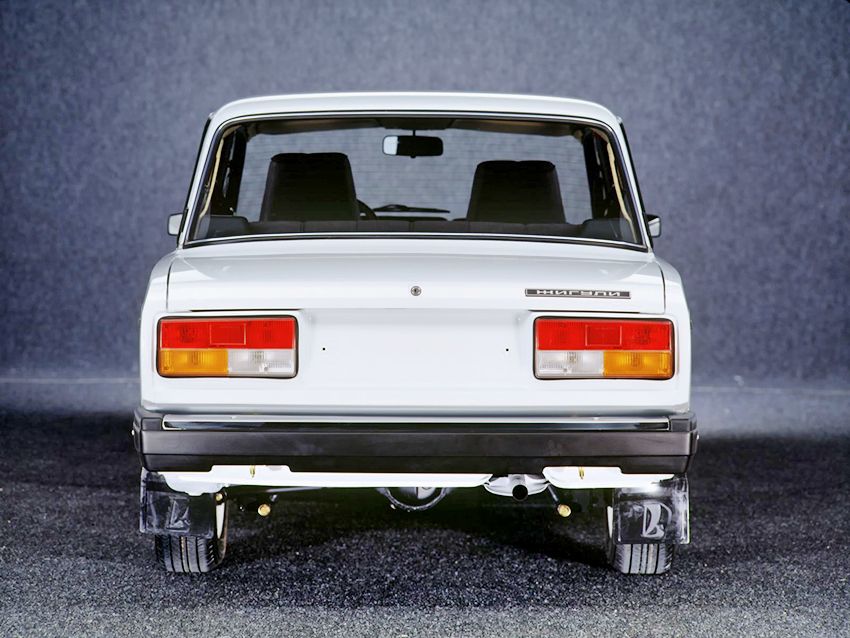
However, nobody could imagine that this obsolete already during the debut of the rear-wheel drive car will hold on the line for more than three decades and having survived much of the Soviet Union. Although production was discontinued nearly six years ago, interest to the device features and operation of the "sevens" series continues unabated.
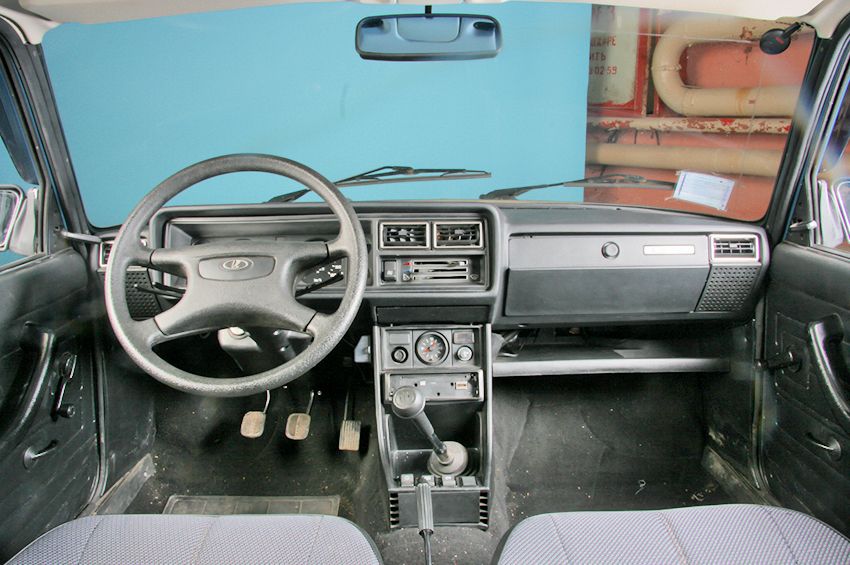
We give here a list of strengths and weaknesses of the most popular models of VAZ (LADA) 2107 production since 2006, when it was equipped with engines of the same fuel injection system.

Advantages:
– Low operating costs (lower than in the LADA Samara-2, i.e., VAZ-2115, VAZ-2114 and VAZ-2113)
Universal service and excellent maintainability
– Cheapness and universal prevalence of spare parts (though not always quality)
– Endurance of the body to overloads (however, distorted from overload or accidents of cars with sagging racks on the market too short)
– Durable enough motors, freely Vyazovaya to 125 000 km, but not uncommon and motors with the achieved resource 300 000 km!
– Reliable enough gearbox with precise shifting
– Low sensitivity of the motors to the quality of fuel
– A slightly more modern exterior, the latest release (after 2006) compared with the vehicle until 2005.
– High ground clearance and suspension endurance overload
One of the best budget offerings on the market (besides most of the cars stocked by the owners themselves or by the services sound system and alarm and other options)
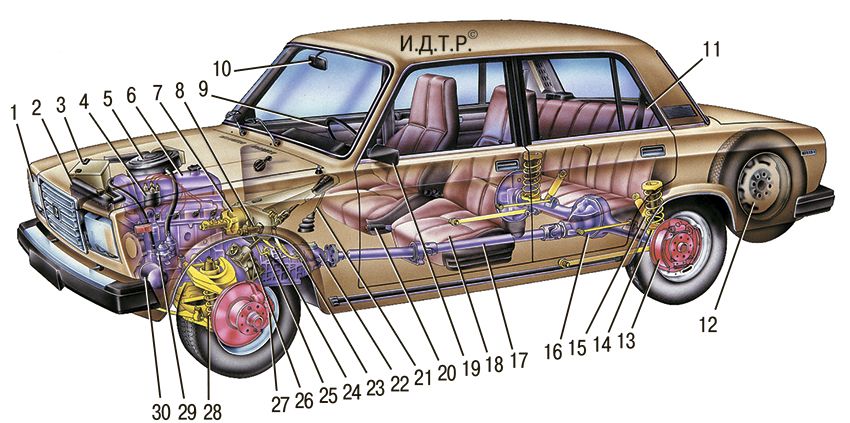
Nedostatki:
– Possible sudden destruction of worn-out front suspension (the separation of the wheels during movement)
– Low active and passive safety (the machinery, the latest release at least has inertial belts and amplifiers in the front doors)
– Poor ergonomics of the cabin, especially the front seats type 2105
– Relatively high fuel consumption
– Heavy steering (Gur is not by definition) a type of worm ball
– Weak head light
the Body (external):
– Low corrosion resistance of the body (especially the sills, wings), therefore need regular anti-corrosion treatment of the body
Body (interior):
– Warp in the openings of the glass doors
– The creaking of the instrument panel, upholstery of salon and seats
Elektrooborudovanie:
– Chemical reagents oxidize the contacts and limit switches.
– Frequently burned out exterior lighting and dvuhmetrovye lamp rear stop lamp
– Dodgy electrics wiper mechanism, short-lived starter and alternator
Dvigatel:
Low – quality domestic components sometimes makes in a year on one machine to change the thermostat several times. Therefore, in case of failure it is better to change on the part of foreign production, if you have not made a previous owner
– Both engines (1.5 and 1.6 l) when open timing belt valve hit the pistons. To replace the belt together with the roller tension is available even to beginners in the field
– Routine replacement of the timing belt 75 000 km, but it is recommended that after 50-60 000 km
– Regular oil change is recommended to do 15 000 km and 10 000 km
– Manual adjustment valves (45-90 000 km), however, the sound of valves on older motors due to too loose-fitting at work has no effect
– Leak in the connection of the oil pump with the block, although it is usually enough to put the gasket sealant on
– If you run 40-60 000 km fibers rubber damper crankshaft pulley, why goes down and the crankshaft position sensor
– Often you have to change sensors the throttle position and mass air flow. However, often the efficiency of the latter can be restored by washing the filter threads with carb cleaner
– Buggy engine control unit
– The fuel pump can render in about 50-60 000 km – for the prevention every two years we need to change filter mesh or, at least, clean it
Transmission:
Depending on the manufacturer of the resource, the clutch can reach 150-200 000 km and more, but can work together and from 50 to 60 000 km, respectively, the average service life of 100,000 km. the Use of the disc and the clutch basket with clutch release bearing from recognized manufacturers (Luk, Sachs or Valeo, etc.) significantly increases the life span
– The quality of the crosspieces of the driveshaft raises no objections, but there may be problems with the bearings of the axle shafts
Cars Izhevsk production is often damaged bearings rear axle (replace with axes)
Suspension:
– Ball joints can fall apart if the mileage is 50-60 000 km
– Current domestic shocks ought to be replaced by counterparts from foreign manufacturers
– The brake system "sopivassa" cylinders. Treatment – replacement of imported components
Prachee:
– With replace the wheel be sure to include I transmission and Parking brake
background: family of rear-wheel drive models of group II small class Classic LADA ("Lada"), included sedans models VAZ-2105 and VAZ-2107 and a station wagon VAZ-2104. Was a deep restyling of the first generation Lada models VAZ-2101, VAZ-2102, VAZ-2103 and VAZ-2106, issued in the years 1970-2006, Respectively, considered a luxury sedan LADA 2107 (VAZ-2107, LADA 1500SL, Nova, Riva, Signet) was produced in the years 1982-2012, and, except for a Vase collected in Syzran (SP "RosLada"), Argun (plant "Pishchemash"), Izhevsk (IzhAuto), as well as in the Ukrainian factories LAZ, KrASZ and ZAZ, and even in Egypt. The base model LADA 2105 (previously code – VAZ-2105, export name – LADA 1200S, 1300S, 1500S, Nova, Saloon, Riva) produced in 1979-2010 years. only on the Vase, and used in the market . Station wagon LADA 2104 was collected on the Vase in 1984-2004, then until 2012 at IzhAvto. By the way, on the basis of the body and units 2104 has released a pickup vis-2345 in 1995-2010 years and pickup IZH-27175 in 2005-2012.
In the course of production in the "classic" modernized a number of units and aggregates, while maintaining the same exterior and interior. The biggest changes were the power units, since the summer of 2006 on the "seven" was only used engines with distributed injection of the ecological class Euro-2 – 1,5-liter VAZ-2107-20 and 1.6-liter VAZ-21074-20, 2008 – only a 1.6-liter VAZ-21074-30 class Euro-3 and 2011 – VAZ-21067-40 Euro-4. Transmission throughout the entire period of the production fuel injected "classics" were only a 5-speed manual.
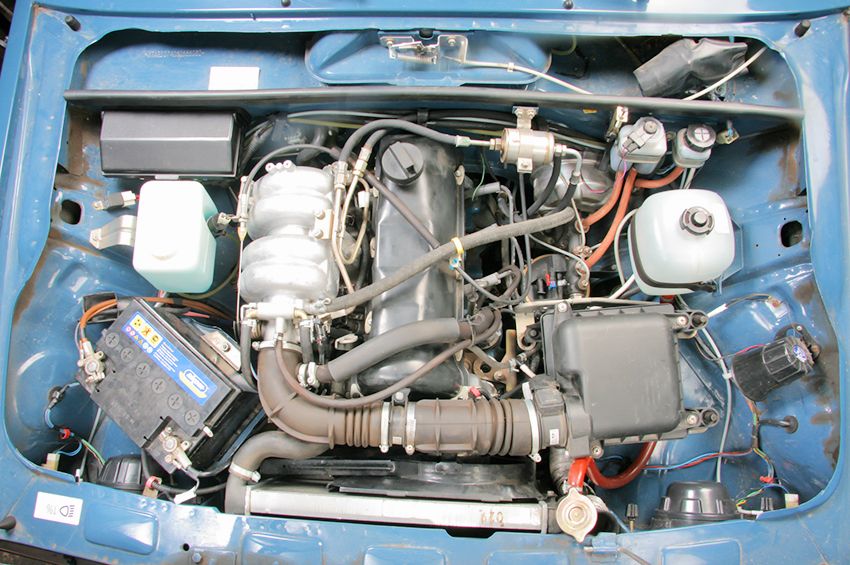
| the Index engine (EQ. class) | working volume, cm3 | power supply System | Type timing/ number of valves | Power, HP | produced |
| VAZ-2107-20 (Euro 2) | 1451 | MPI | SOHC/ 8V | 68 | 2006-2008 |
| VAZ-21074-20 (Euro 2) | 1569 | MPI | SOHC/ 8V | 74,5 | 2006-2008 |
| VAZ-21074-30 (Euro 3) | 1569 | MPI | SOHC/ 8V | 74,5 | 2008-2010 |
| VAZ-21074-40 (Euro 4) | 1569 | MPI | SOHC/ 8V | 74,5 | 2011-2012 |
Sedan LADA 2107 sold only in picking the "norm".

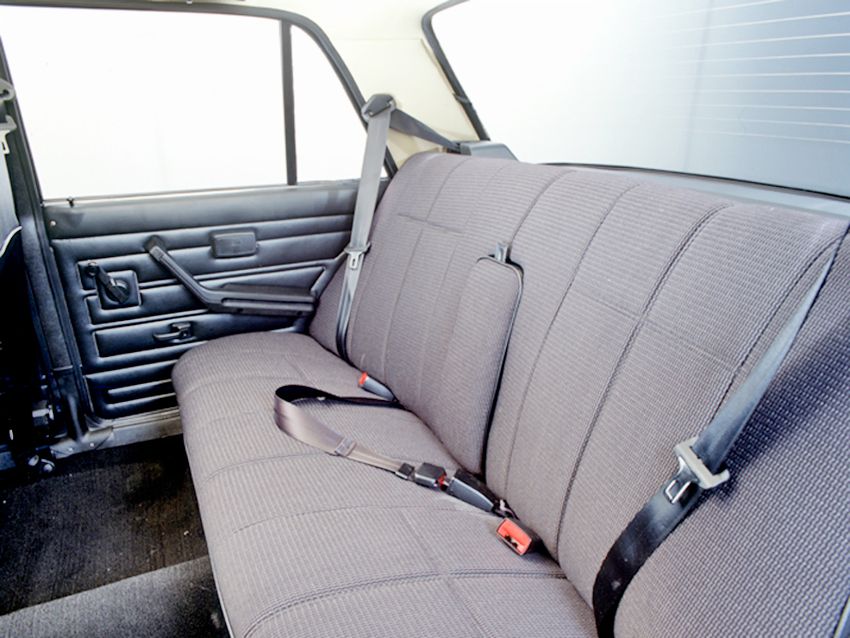
Note: the "AUTO" on the portal "the Third Rome" is constantly updated and renewed, so stay tuned!.
|
|
|
Element was not found.








